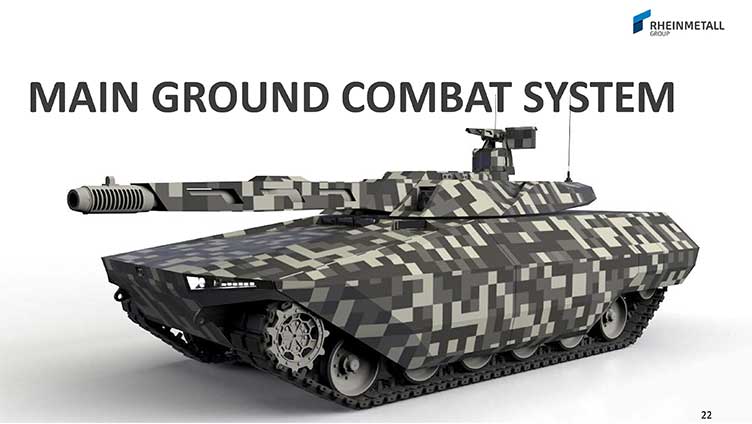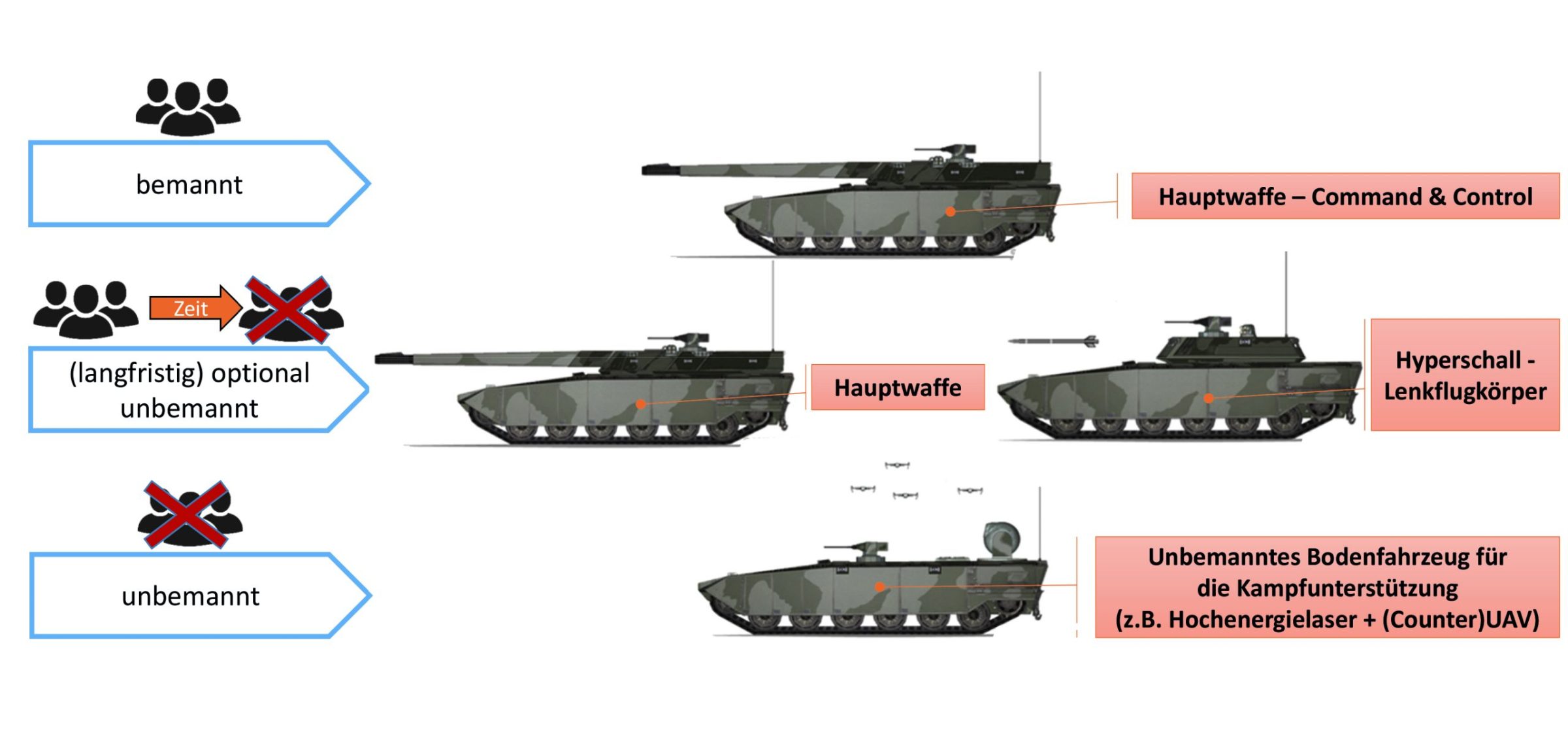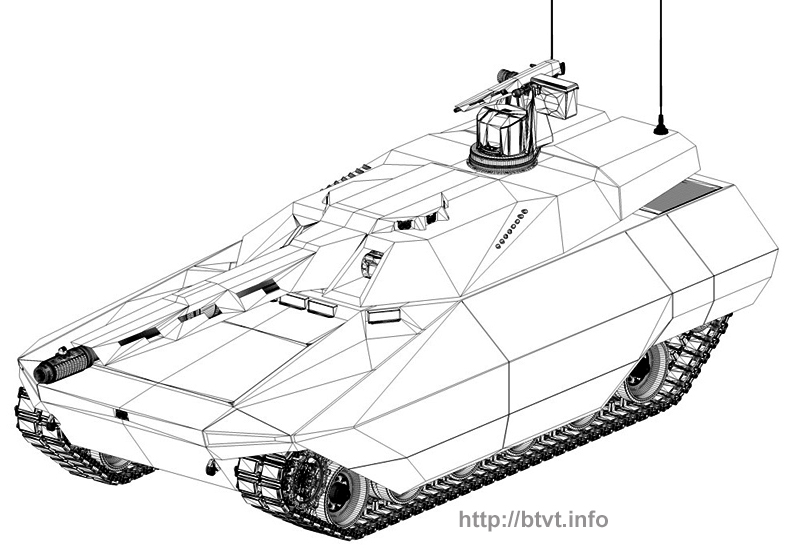Franco-German collaboration for the European wagon of the future begins (if it gets there)

The Franco-German tank collaboration is a strategic project that aims to strengthen European defense and create a new generation of armored vehicles. It involves practically creating the battle tank of the future ( Main Ground Combat System or MGCS ) and a ground combat system (Ground Combat System or GCS). Basically the two European countries are trying to build the European armored forces of the future.
The MGCS will be the successor to the German Leopard 2 and French Leclerc tanks, which have been in service for over thirty years and are due to be replaced by 2035. The MGCS will be a modular and adaptable vehicle, capable of operating in different scenarios and to integrate with other weapons systems, such as drones, helicopters and artillery. The MGCS will also be equipped with advanced technologies, such as artificial intelligence, active protection and autonomous driving. The German Leopard 2 is now at the end of its life while the Leclerc has been known as the most expensive program by number of tanks built.
The GCS will instead be a set of systems complementary to the MGCS, which will include light, medium and heavy armored vehicles, command and control systems, logistical support systems and protection systems. The GCS will aim to provide greater mobility, flexibility and interoperability to European land forces.
Franco-German cooperation on tanks began in 2012 with the signing of an intergovernmental agreement between the two countries. In 2015, a joint working group was created to define the operational requirements of the MGCS. In 2019, a contract was signed for the conceptual study phase of the project, which involves the defense industries of the two countries: Krauss-Maffei Wegmann and Rheinmetall for Germany, Nexter for France. Another contract was signed in 2021 for the design phase of the system, which is expected to last until 2024. The development and production phase is expected to start in 2025 and end in 2035, with first deliveries expected in 2030.
The problem with such a long gestation is that, in the end, the vehicles that could be born from it would already be outdated by the time they enter service. Let's look at what is happening on the Ukrainian front, where the use of drones is profoundly changing the way armored vehicles are used and the threats they face.
The Franco-German collaboration on tanks represents a technical, industrial and political challenge for the two countries, but also a great opportunity to strengthen their defense and security cooperation. The project is in fact part of the framework of the European Defense Union, which aims to create a common military capacity among member states. The project is also open to participation from other European countries, such as Italy and Spain, which have expressed their interest in joining the programme. The ultimate goal is to create a European tank, which is capable of competing with those of other global players, such as the United States, Russia and China.
Then, in a few years, we will see if this program has achieved anything or if it has just been a waste of time and money.

Thanks to our Telegram channel you can stay updated on the publication of new Economic Scenarios articles.
The article The Franco-German collaboration for the European wagon of the future (if it gets there) starts from Economic Scenarios .
This is a machine translation of a post published on Scenari Economici at the URL https://scenarieconomici.it/parte-la-collaborazione-franco-tedesca-per-il-carro-europeo-del-futuro-se-ci-arrivera/ on Mon, 25 Sep 2023 07:00:02 +0000.


